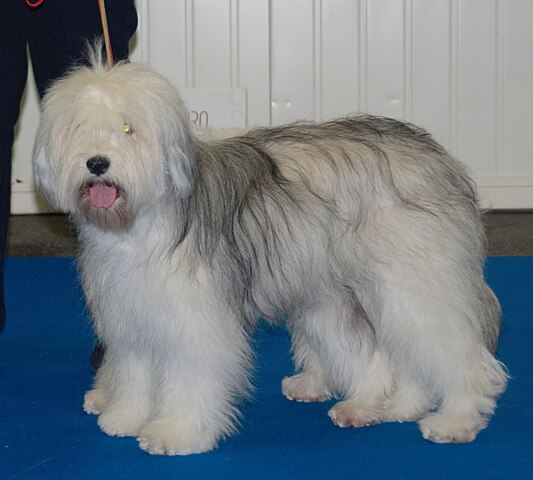The Odis is the first national breed of Ukraine, and was always bred purely for companionship. The name stands for “Odessa Decorative Ideal Dog” – and he was created by selectively crossing the Wire Fox Terrier, Miniature Poodle, and Maltese with the aim of breeding a social and beautiful toy breed. This project began in the late 1970’s in the city of Odessa. As time went on, gradually the result was a breed that was friendly and gentle towards people and other animals, exceptionally healthy, and reasonably easy to care for. This is a fairly young breed in terms of age, recognized recently in 2008. While they are seen mostly in Ukraine, these little dogs are gradually expanding to other countries as well including America.
Despite his small size the Odis is hardy and durable, not only in terms of disease resistance and an absence of any health issues, but also in regards to being physically fit. He is quite capable of accompanying his owner on long walks or participating in other outdoor activities. For prospective owners who aren’t super active, he doesn’t require very long walks either. This makes him very adaptable to a variety of lifestyles (or energy levels of owners). Furthermore, his energy level is not over-the-top or obnoxious and he should be relatively easy to live with. When given regular care it is common for this breed to live a very long time. The very first Odis in existence (the first deemed to be purebred) lived 19 and a half years!
The Odis is very easy to train and is known for being quick-witted and curious about the world around him. It is not unusual for even young dogs to quickly pick up obedience commands! Very intelligent, the Odis loves to please and to show off the tricks he is taught. This is a breed that is quite capable of learning high-level commands and even performing well in many dog sports. Once trained, this breed is a joy to live with in a home of any size (even an apartment).
The Odis gets along well with children as he is both playful and fairly gentle. When properly bred and raised he should never be aggressive, and instead should possess a balanced temperament and well-developed self-esteem! This happy breed is agile enough to romp with kids of all ages although supervision is always recommended. Furthermore he also gets along fine with cats and other dogs. In terms of living with a family this breed doesn’t choose favorites and will tend to treat everyone the same unless one member in particular makes a point to give him extra attention. The Odis is known for his faithful nature and his ability to form a strong, lasting bond with his owner. With strangers, however, while he is generally social he may be slightly cautious at first until he gets to know the person. Furthermore he will carry out the role of watchdog at home when someone shows up at the house.
The Odis is a small breed with a relatively strong and stout build, covered with a long, thick double coat. The standard states that there should be a similarity to the South Russian Shepherd Dog, except obviously much smaller in size. Color possibilities include white, white with spots of various colors (except liver), white with gray, dark gray, or fawn of various shades (except orange). The head should resemble a blunt wedge both from the top and the sides, and the muzzle should house thick, well-pigmented lips. All of this is somewhat hidden by the presence of a beard, mustache and bangs. The hanging ears are high set and triangular. The tail should reach the hock in length, and is normally carried low unless excited. The skin is moderately thick and elastic.
While one might think that the coat of the Odis requires extensive work, in fact this is not the case at all! He was bred to have a lower-maintenance coat (in comparison to other long haired dogs, that is). It isn’t prone to matting and although it does require brushing, it doesn’t need as much as breeds with a similar length of coat. Furthermore it only needs to be washed when dirty, and definitely no more than every two weeks. Eyes should be checked weekly for grime, and teeth should be be brushed regularly. Finally, this breed drops coat (sheds) about twice per year. Otherwise this is a relatively low-shedding breed and the coat must instead be brushed to remove the dead hair which is trapped on the body rather than falling to the floor. Once again, keep in mind that his “low grooming” is based on similarly coated breeds, and he obviously requires more grooming than a smooth coated dog.




